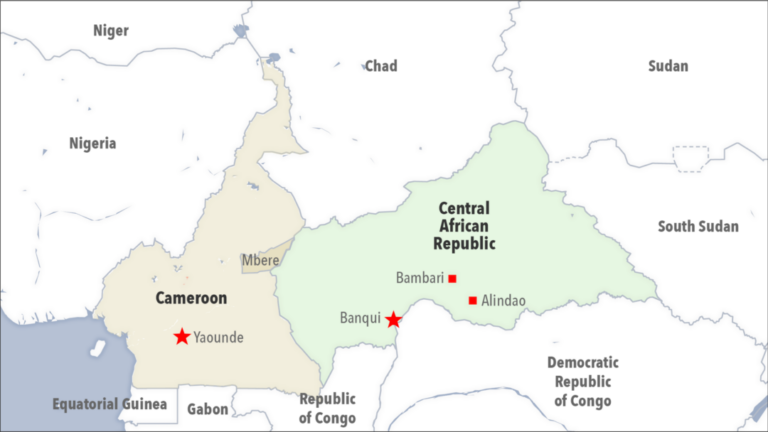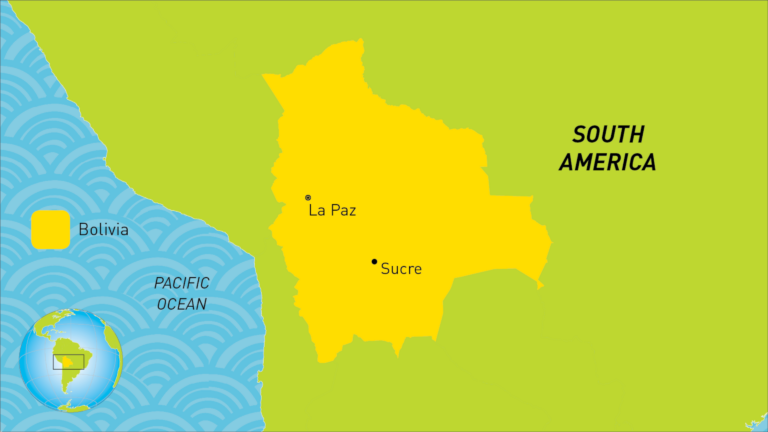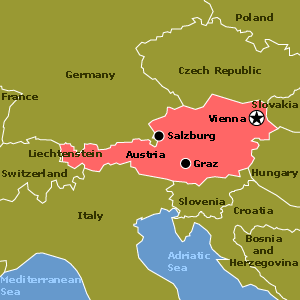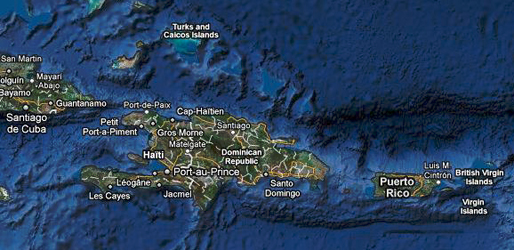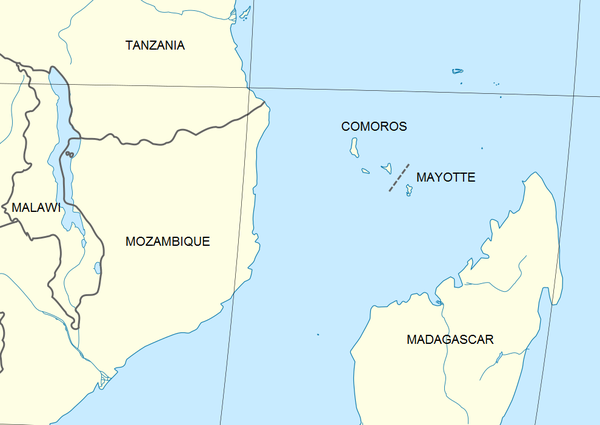Qatar Neighbouring Countries and Middle Eastern Borders
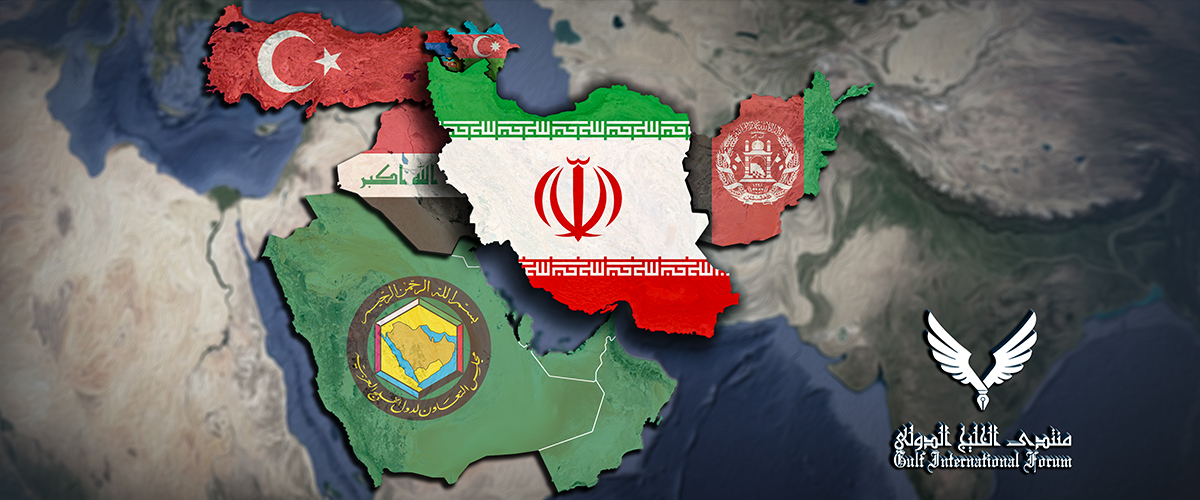
Neighboring Countries of Qatar
Tucked away in the Arabian Peninsula, Qatar’s location means it’s rubbing shoulders with quite a few notable countries. Here, we’ll break down its land and sea borders, and shed light on how it gets along with its neighbors.
Land Border with Saudi Arabia
Qatar cozies up to Saudi Arabia with its only land border, which stretches out to the south. They got this line settled back in 1965, though they didn’t exactly walk out there with a ruler to mark it (Wikipedia). Aside from this border, the Persian Gulf wraps around Qatar, making those water boundaries pretty important too.
| Border Detail | Measurement |
|---|---|
| Length of Land Border with Saudi Arabia | About 87 km |
Now, this land connection with Saudi Arabia isn’t just lines on a map; it’s a historical, economic, and political heavyweight. When the going got tough between 2017 and 2021, Saudi Arabia and friends decided to block Qatar up, rattling its food imports through land routes (SWP Berlin). But Qatar didn’t stay down—nope, it found new trade paths and cranked up its own production game (Center for Global Affairs & Strategic Studies).
Close Proximity to Bahrain
Bahrain and Qatar are more like distant relatives—separated by the Gulf of Bahrain, no land bridge connects them. Yet, their closeness stirs up interactions, covering everything from culture to economics.
| Proximity Detail | Measurement |
|---|---|
| Distance from Qatar to Bahrain | About 40 km |
Even without a shared driveway, Bahrain and Qatar’s closeness brings economic ties, especially with the sea boundaries. When Saudi Arabia started the diplomatic row, Bahrain joined in on the blockade against Qatar, showing just how tangled regional politics can be (Wikipedia).
Taking a closer look at Qatar’s place on the map helps untangle how it mingles with its neighbors. This lays the groundwork for diving into regional diplomacy, economic keynotes, and transportation lifelines. For more juicy insights on international neighbor dynamics, head over to our pieces on Malawi and Malaysia.
Maritime Boundaries
Gettin’ a grip on Qatar’s maritime boundaries is pretty key to understanding its place on the map and how it plays with its neighborly folks. So, let’s chat about the bits that stretch out into the Persian Gulf: the contiguous zone, exclusive economic zone (EEZ), and territorial sea boundaries of Qatar.
Contiguous Zone and Exclusive Economic Zone
Qatar’s reach goes beyond the country’s hard ground, stickin’ its fingers right into the Persian Gulf pie. By the book, Qatar’s contiguous zone stretches out to about 24 miles off the shoreline. This slice of the sea gives Qatar some muscle to lay down the law—think customs, keeping tabs on immigration, and keeping the water clean.
Then there’s the Exclusive Economic Zone (or EEZ), which is a big deal in the watery world of Qatar. They’ve got dibs on all sorts of marine goodies here, right down to tapping the sea for energy from water and wind. Qatar’s EEZ is a hefty 31,590 square kilometers, no less! Agreements with neighbors help draw the lines in these waters—it’s all about playing nice and making sure everyone gets their fair share of the maritime cookies.
Here’s the rundown on Qatar’s sea stretches:
| Zone | Distance (miles) | Area (km²) |
|---|---|---|
| Contiguous Zone | 24 | – |
| Exclusive Economic Zone | – | 31,590 |
They penciled in these maritime stretches officially back in April 1992 with some Decree number 40, just stamping their name over these rights fair and square.
Territorial Sea Boundaries
When it comes to territorial seas, Qatar’s word is law up to 12 nautical miles from its shores. In this bit of blue water, Qatar calls all the shots just like on its solid soil. We’re talkin’ everything from who sails through, who fishes, and who digs into the seabed for what goodies lie beneath.
This stretch is as much about lookin’ out for Qatar’s back as it is about keeping their cash rolling in from whatever the sea’s got to offer. Islands and other salty real estate inside these lines add to the game plan, strengthening Qatar’s hands on the deck strategically and econ-wise.
These maritime pockets—the contiguous bit, EEZ, and territorial spread—are like pieces of a puzzle that help Qatar carve out its spot in world waters. Love a deeper dive on how Qatar rubs elbows with other nations and works its maritime turf? Check out the write-ups on Malaysia neighboring countries and Mauritania neighboring countries for more good reads.
Key Geographic Features
Sitting snugly on the Arabian Peninsula, Qatar is small, yet packs a punch when it comes to its geographic features. Let’s break down what makes its land tick and see how it’s cozied up next to its neighbors.
Important Islands in Qatar
Among Qatar’s sprinkling of islands, Halul is a superstar. Sitting about 90 km east of Doha, Halul isn’t just lounging in the sea; it’s a busy bee in Qatar’s oil business, acting as a storage and shipping hub for oil from those offshore fields (Wikipedia). Its role in oil makes it a big deal for Qatar’s economy—kind of like the final boss of oil islands.
Then there are the Hawar Islands to the west. Once the center of a “he said, she said” between Qatar and Bahrain, these islands add a spicy touch to regional politics.
| Island | Distance from Doha (km) | Key Feature |
|---|---|---|
| Halul | 90 | Oil hub |
| Hawar Islands | Off west coast | Disputed territory |
Regions of the Qatar Peninsula
Qatar’s peninsula is laid back but not lazy. It splits into five main zones, each bringing something to the party:
- Coastal Plain: Where the sea kisses the land—this area hugs the Arabian Gulf with ports and coastal towns humming with life.
- Interior Plain: A flat, dry swath doing its quiet thing with agriculture.
- Central Belt: It’s where the action is, centered around the bustling city of Doha.
- Dukhan Region: Swing west and you find black gold—its oil fields.
- Southern Desert: Big, sandy, and quiet with a spattering of unique desert views.
| Region | Key Characteristics |
|---|---|
| Coastal Plain | Ports, seaside towns |
| Interior Plain | Farming |
| Central Belt | City life, Doha |
| Dukhan Region | Oil fields, oil fields, oil fields |
| Southern Desert | Desert vibes |
For those geography buffs wanting to explore more about the rivalries and cuddly neighborly squabbles in the region, check out our pieces on Madagascar’s neighboring countries and Micronesia’s nearby pals.
Qatar’s regions aren’t just lines on a map; they’re the backbone of its claim to fame, holding up its economy and keeping it relevant on the world stage.
Transportation Infrastructure
You’d be surprised at how much transportation infrastructure cables Qatar to its neighbors. We’re diving into two main elements: the ambitious Gulf Railway Project and the nitty-gritty of land transport rules among those GCC folks.
Gulf Railway Project with Saudi Arabia
Let’s talk trains, shall we? The Gulf Railway Project is the shiny new initiative on the block, designed to tighten the bond between Qatar and its neighbor, Saudi Arabia. All aboard this idea came back in 2009 at the 30th GCC get-together in Kuwait. The tracks connecting these two pals are about to be laid, paving the way for a rail revolution.
Every one of the six GCC domestics, Qatar and Saudi included, will handle their chunk of the rail pie. Costs are divvied up depending on the track length each brings to the table. This rail line isn’t just about moving stuff – it’s about connecting people, forging stronger ties both economically and politically within the GCC club.
Gulf Railway Project highlights:
| Feature | Description |
|---|---|
| Start Year | 2009 |
| In-Charge Authorities | GCC Member States |
| Linking Countries | Qatar, Saudi Arabia, Oman, UAE, Bahrain, Kuwait |
| Aim | Transport of Goods and People |
Rules for Land Transport among GCC Countries
While tracks get laid, the chitchat among GCC nations to hash out unified land transport rules is full steam ahead. These are all about making cross-border trips of goods and folks smoother than a new train’s ride, cranking up economic buddy-buddy vibes and oiling the wheels of the rail system.
The Gulf Cooperation Council (GCC) – spawned by Qatar, Saudi, Oman, UAE, Bahrain, and Kuwait back in ’81 – aims to buddy up their economies and politicking. These transport rules are their way of hitching a ride on the regional bonding train.
Focus here is on:
- Syncing up transport regulations and standards.
- Creating shared border-crossing playbooks.
- Guaranteeing logistic smooth sailing for goods.
- Upping the ante on passenger ease and safety.
For juicy tidbits on how other countries play the infrastructure game, take a peek at articles like lithuania neighboring countries, luxembourg neighboring countries, and maldives neighboring countries.
All this hustle to bolster transportation ties between Qatar and its neighbors shine a light on the GCC’s vision. It’s about weaving together economic, political, and cultural threads with a dose of geographic savvy.
Recent Developments
Qatar’s Diplomatic Crisis with Neighbors
Back in 2017, a storm hit the Gulf region. It was the year when Saudi Arabia, the UAE, and Bahrain decided to give Qatar the cold shoulder, shutting down diplomatic ties and throwing up barriers that messed with land, sea, and air connections. This unexpected blockade sent ripples through trade, diplomacy, and daily life for folks in Qatar. It was like waking up to find your street suddenly blocked with no clear detour.
Qatar wasn’t just going to sit idle. They shook hands with Turkey and Iran, upped their game in home-grown production, and cleverly routed shipments through Oman, sidestepping the UAE’s hurdles. This diplomatic snub didn’t just disrupt borders; it uprooted Qatari nationals from other Gulf states, stirring a pot of economic and social trials.
| Aspect | Impact of Blockade |
|---|---|
| Trade Routes | Halted; detours via Oman were the go-to |
| Economic Activities | Paused on once-thriving partnerships |
| Qatari Citizens | Found themselves booted out of GCC neighbors |
| Market Value | Took a nosedive by 10% in just four weeks |
Resolution and Impact of the Blockade
Fast forward to January 2021, and the horizon started to clear with the Al-Ula Declaration. This breakthrough deal saw old pals like Saudi Arabia, the UAE, and Bahrain turning over a new leaf with Qatar, opening borders and extending the olive branch of diplomacy. For Qatar, it was more than just a stop on the political merry-go-round; it heralded a fresh chapter of economic calm and open pathways for trade and travel.
Throughout the blockade days, Qatar showcased its gritty resilience. They poured resources into local sufficiency and reshaped trade networks. These maneuvers softened the rough edges of the blockade’s impact and lit the fuse for economic reforms, nudging Qatar to keep a closer eye on who they’d been leaning on in tough times.
| Metric | Pre-Blockade | During Blockade | Post-Blockade |
|---|---|---|---|
| GDP Growth Rate | 3% | -2% | 2.5% |
| Unemployment Rate | 0.2% | 0.5% | 0.3% |
| Inflation Rate | 1.5% | 2.7% | 1.8% |
Want to dig deeper into Qatar’s tricky ties with its neighbors? Check out our reads on Oman’s neighboring countries and Saudi Arabia’s neighboring countries. They’ll give you the scoop without holding back.
Qatar’s Economic Significance
Gas Reserves and Exports
Qatar’s got a massive treasure trove of gas, only behind the big dogs, Russia and Iran. They’ve been riding high on this energy wave since the mid-1990s, thanks to the North Pars Gas Field, which they stumbled upon in 1991. This gas goldmine has transformed Qatar into a major player in global gas exports, shining a bright spotlight on its economy.
The gas boom has done wonders for Qatar’s pocketbook, letting it play a bigger game on the world stage. The country uses its gas money to fund bold moves like hosting the 2022 World Cup, spreading its influence far and wide. Here’s a quick peek at who’s holding the gas cards globally:
| Country | Global Rank | Gas Reserves (trillion cubic meters) |
|---|---|---|
| Russia | 1 | 47.8 |
| Iran | 2 | 33.6 |
| Qatar | 3 | 24.7 |
Diversification and Global Influence
Qatar realized early that putting all its eggs in the gas basket might not be the best idea, especially after oil prices took a nosedive in the ’80s. So, they smartly decided to branch out. By doubling down on gas and exploring new frontiers, Qatar has crafted an economy that can stand tall and weather the storms.
But don’t think gas is all they’ve got going for them. Qatar’s been busy investing in everything from glitzy infrastructure and finance to prime real estate. This not only secures its future but also lets Qatar play a bigger role in global affairs, using its wealth and position to make friends and influence people.
Qatar’s economic journey is like a masterclass in using natural riches to carve out a top spot in the world. Their savvy use of resources and smart investments have turned them into a heavyweight, striving for a diversified, influential economy that others look up to.
For more on how nearby nations are handling their natural goodies, take a look at our pieces on Oman neighboring countries and Saudi Arabia neighboring countries.

